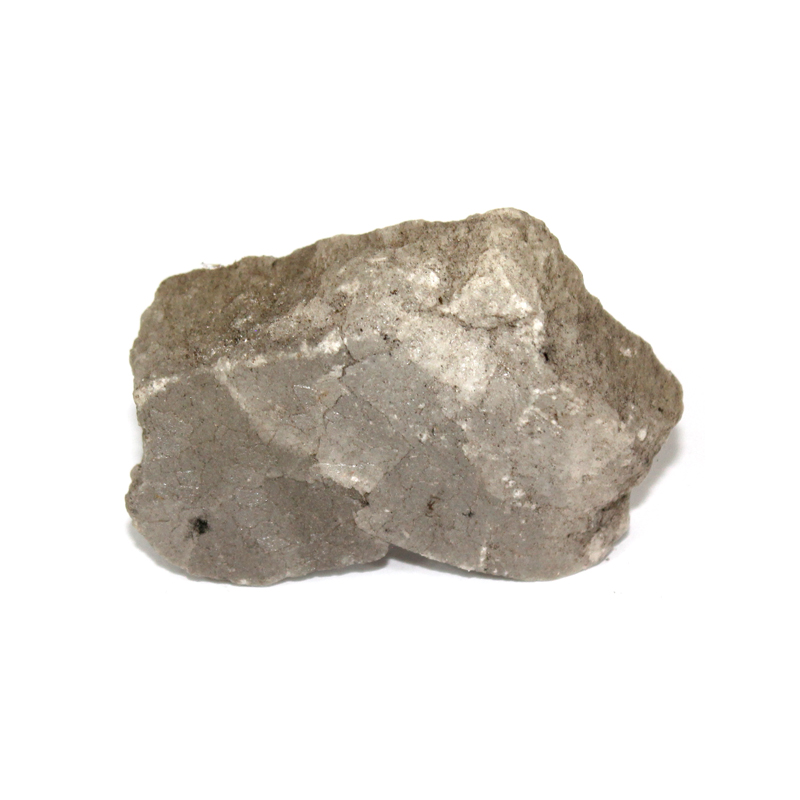Sal ammoniac is one of the few minerals composed of ammonium (NH4), and it is the best known of the ammonium-bearing minerals. It forms in natural fumaroles, where gas vents from underground from volcanic activity. It also forms from the process of the burning of coal in coal deposits. The formation of Sal ammoniac is unique, as it is created from sublimation, meaning it crystallizes directly from gaseous fumes and bypasses a liquid phase.
Sal ammoniac is highly soluble in water, and crystals can only be collected prior to a rainfall after their formation. A heavy rain will be enough to disintegrate an exposed Sal ammoniac crystal. In addition to its solubility, Sal ammoniac crystals can also be very delicate, and care should be exercised when handling them.
Sal ammoniac is easily synthesized. However, its natural crystal formations are unique in habit, unlike any other mineral. This, combined with its remarkable mode of formation, and its odd composition, make this a most unique mineral.
The information is for educational purposes only. This information has not been evaluated by the Food and Drug Administration.
This information is not intended to diagnose, treat, cure, or prevent any disease.





